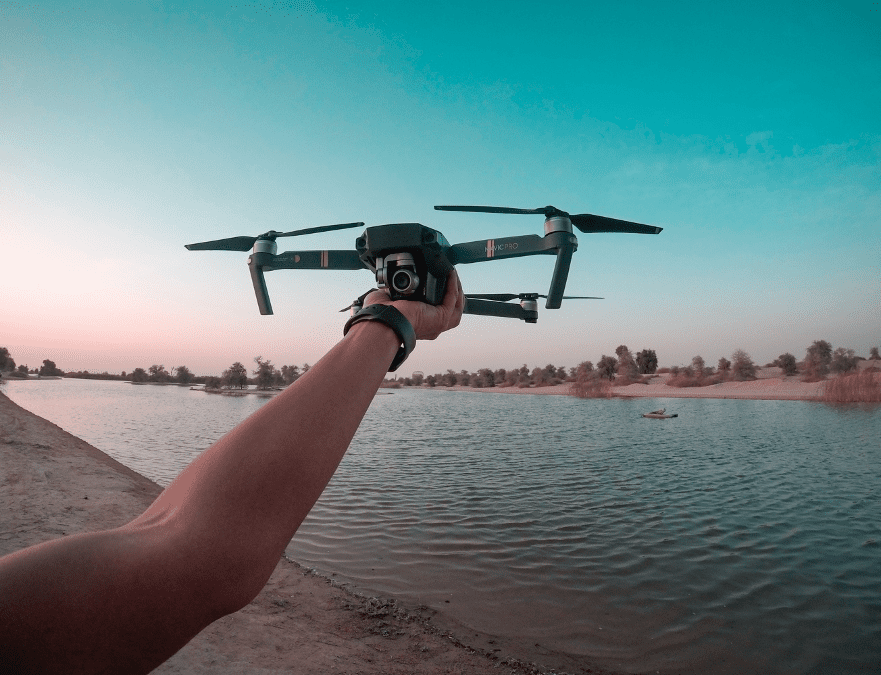
In recent years, drone weapon systems have singlehandedly revolutionized the reality of military technology. As the world becomes ever more interconnected and sophisticated, so too do its methods of warfare. From fully autonomous killing machines to advanced AI weapon systems, these new technologies have enabled governments and militaries around the world to wage war with unprecedented power and precision.
This article will provide an overview of the current state of drone weapons systems and explore their potential implications for the future of military conflict.
What Are Drone Weapon Systems?
Drones are unmanned aerial vehicles that can be programmed to carry out missions autonomously or via remote control from a command center. They are typically equipped with cameras, sensors, and/or weaponry, allowing them to observe and engage targets from a safe distance. Armed drones are increasingly being used by militaries around the world. They are an affordable alternative to expensive manned aircrafts and ground troops in combat operations.
Advantages of Drone Weapon Systems
The use of drone weapons systems has a number of potential advantages over traditional warfare tactics. They can be deployed quickly and effectively with minimum risk to personnel or collateral damage due to their lack of physical presence on the battlefield. Additionally, they are relatively inexpensive compared to other military hardware, making them more cost-effective solutions for many operations.
Furthermore, because of their range and maneuverability, they offer greater flexibility than ground forces or aerial bombers. Finally, they can provide a wealth of intelligence and reconnaissance data with minimal risk of detection or interception.
Drawbacks of Drone Weapon Systems
Despite their usefulness in certain operations, the use of drone weapons systems has its share of drawbacks. First and foremost, there is always the potential for human error when using remotely operated machines. There can be navigational errors or command errors that affect the usefulness of the drone. Additionally, drones can only operate within a limited range and are vulnerable to jamming or hacking attempts by enemies.
Drone technology is also not as reliable as the efforts of manned aircrafts or ground troops. This unreliability could result in failed missions if something goes wrong. Finally, public opinion surrounding the ethical implications of unmanned warfare and AI weapon systems continues to be divided. This has lead some countries to delay deployment or outright ban the use of these technologies altogether.
The Future of Drone Weapon Systems
It is clear that drone weapon systems are here to stay. Their use will undoubtedly only increase in the coming years. The advancements in these technologies have enabled militaries around the world to conduct operations with unprecedented speed, accuracy, and precision. As more countries develop their own drone capabilities, it will become increasingly important for them to ensure proper ethical oversight and accountability when using these weapons. While there may be some drawbacks associated with their use, the potential benefits make them an invaluable asset to any nation’s military arsenal.
Conclusion
In conclusion, drone weapon systems represent a major shift in the way militaries think about warfighting tactics. Their ability to provide effective surveillance and precise targeting without risking human life has made them an invaluable tool for governments around the world. While there are still some drawbacks associated with their use, the potential benefits of these technologies make them a powerful asset in any nation’s military arsenal. The future of drone weapons systems is sure to be an interesting one, and it will be fascinating to see how they shape the way we wage war in the years ahead.
Stay updated with the latest information and news about firearms and other interesting topics by following Fifty50 blogs.

Recent Comments